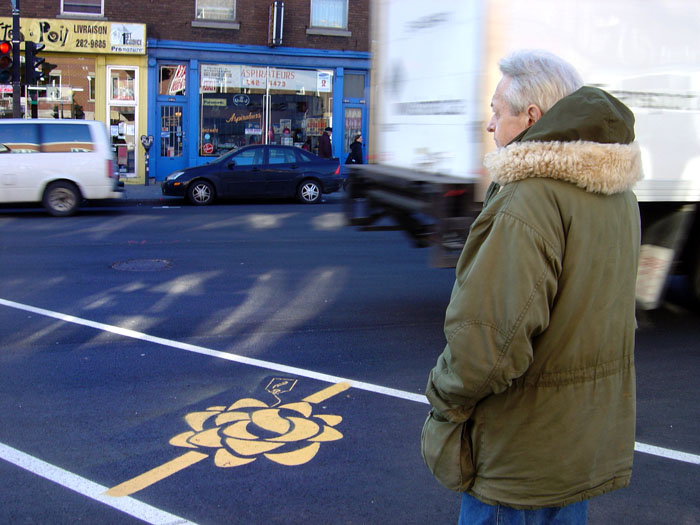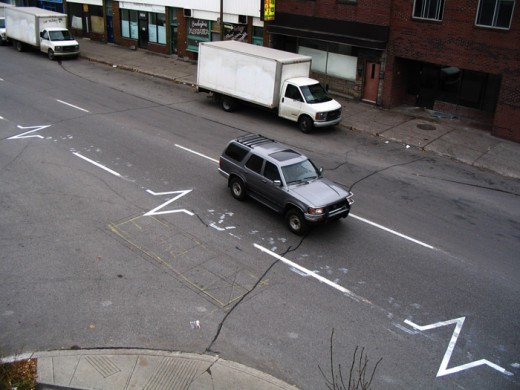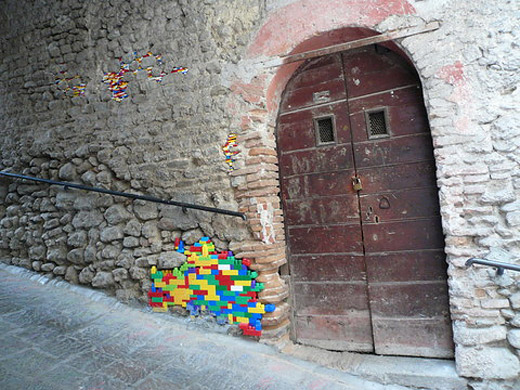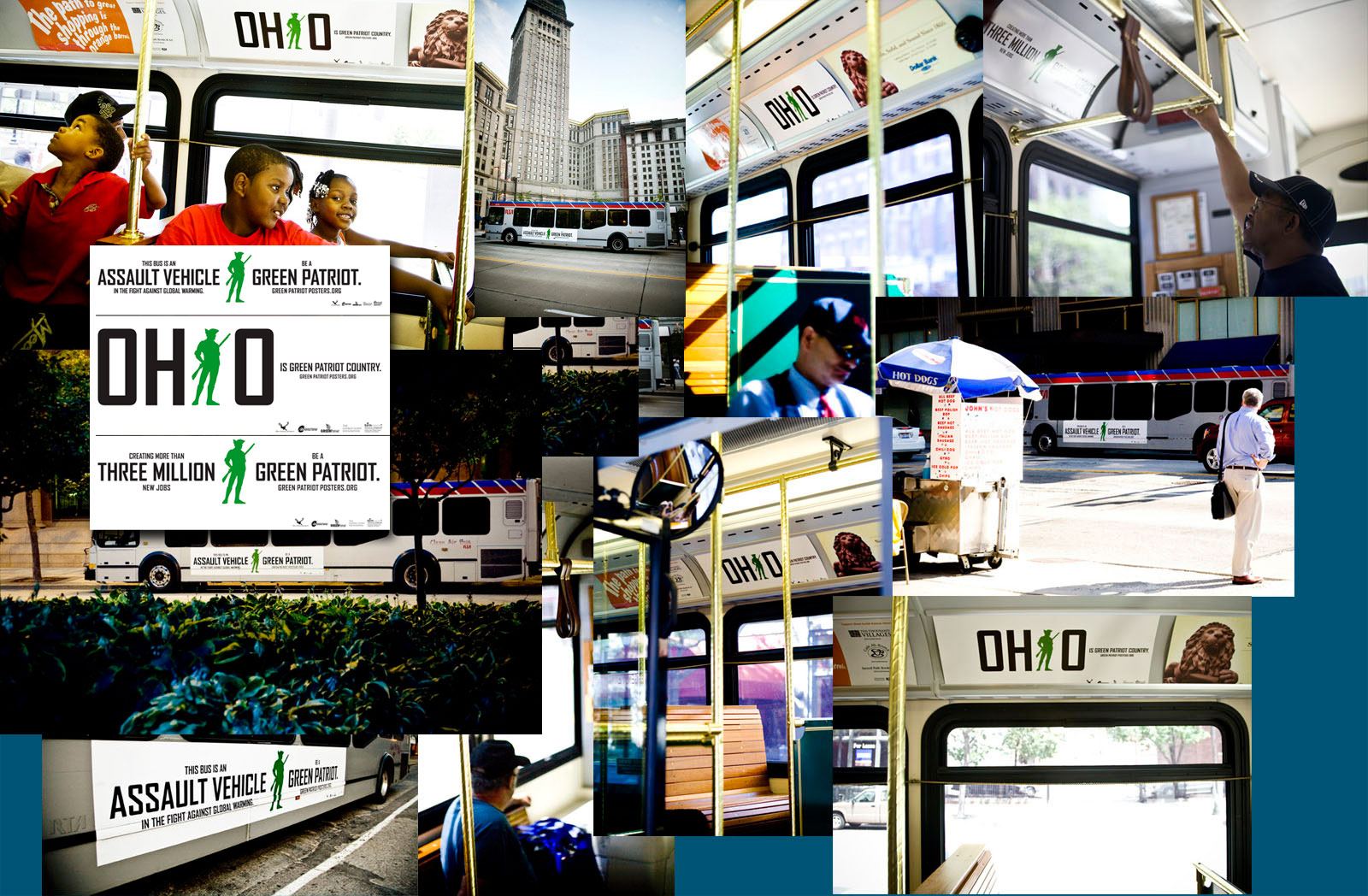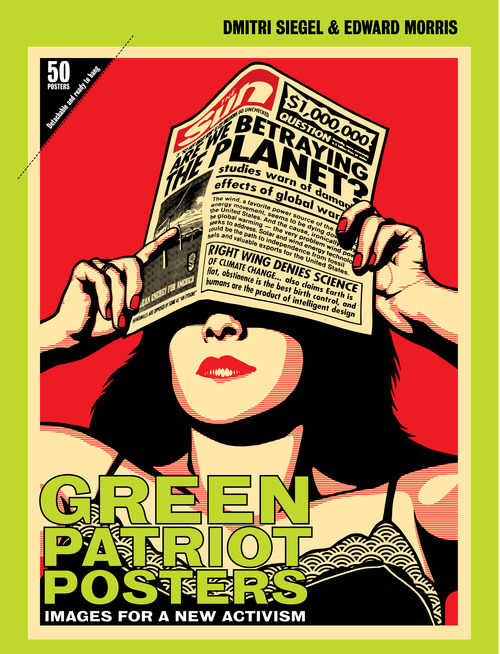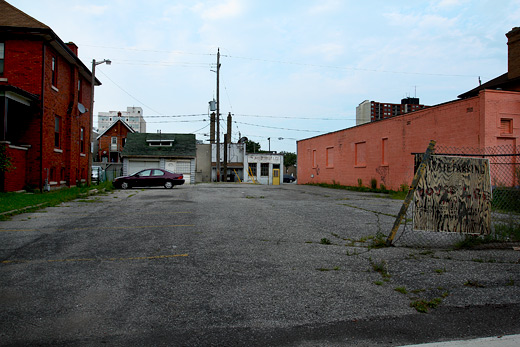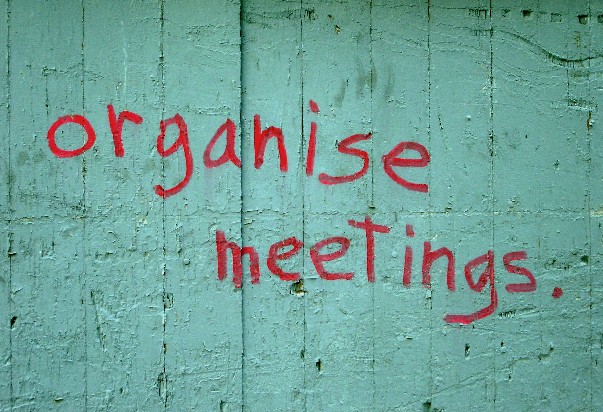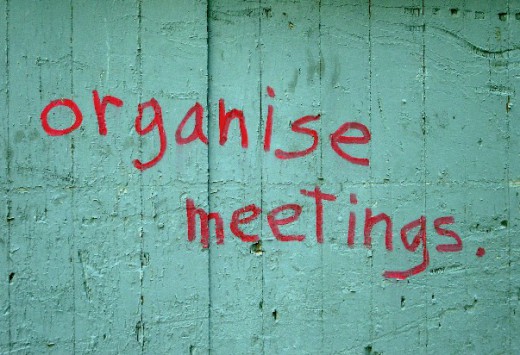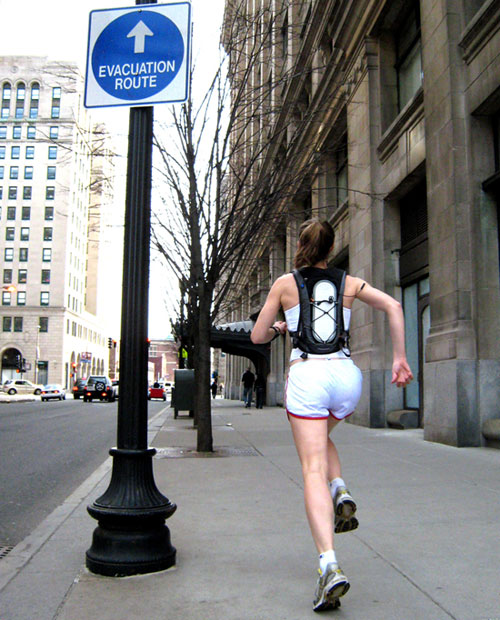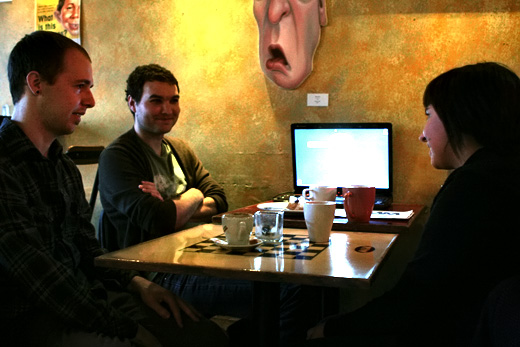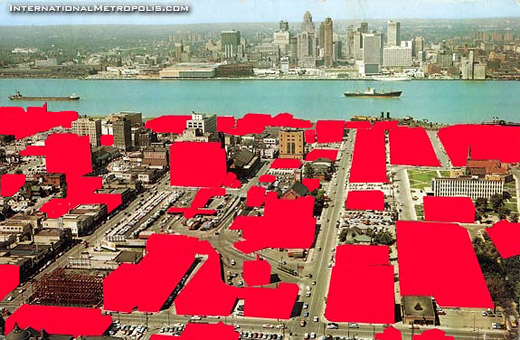Mark Shepard in collaboration with V2_ Institute for the Unstable Media and as part of a joint artist residency withEyebeam Art+Technology Center developed Serendipitor — an alternative navigation app for the iPhone that helps you find something by looking for something else. The app combines directions generated by a routing service (in this case, the Google Maps API) with instructions for action and movement inspired by Fluxus, Vito Acconci, and Yoko Ono, among others.
From the project description:
Enter an origin and a destination, and the app maps a route between the two. You can increase or decrease the complexity of this route, depending how much time you have to play with. As you navigate your route, suggestions for possible actions to take at a given location appear within step-by-step directions designed to introduce small slippages and minor displacements within an otherwise optimized and efficient route. You can take photos along the way and, upon reaching your destination, send an email sharing with friends your route and the steps you took.
And, Serendipitor has also been nominated for the 2011 Transmediale Award.
This is all part of the Sentient City Survival Kit, a design research project that explores the social, cultural and political implications of ubiquitous computing for urban environments. It takes as its method the design, fabrication and presentation of a collection of artifacts, spaces and media for survival in the near-future sentient city.
While more paranoid than my own concerns, Shepard’s larger Sentient City Survival Kit certainly provides some contextualizing reference points for the iPhone apps I’m working on. It’s funny how this language around survival is somehow being tethered to mobile computing in both projects. We saw Shepard give a presentation last year when we were at Conflux, and it’s very cool to see some of his ideas being finally realized. I’m hoping for some time to download the Serendipitor this weekend.
I showed this in my Ways of Knowing class this morning — lots of fun!!
[via Pop-Up City]
